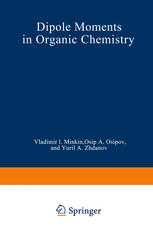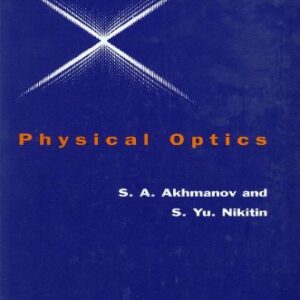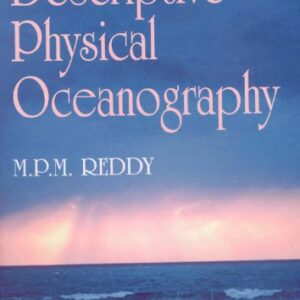In accordance with the aims of the series “Physical Methods in Organic Chemistry,” of which this book forms part, the authors r main aim was a systematic account of the most important methods of using the method of dipole moments in organic chemistry and interpreting its results in practice. Since 1955, when two monographs devoted to the fundamentals and applications of the dipole moment method appeared simultaneously (C. P. Smyth, Dielectric Behavior and Structure, McGraw-Hill, New York; and J. W. Smith, Electric Dipole Moments, Butterworths, London), no generalizing studies of this type have appeared in the Russian and foreign literature. Nevertheless, it is just in this per? iod that almost half of all publications on the structure and proper? ties of organic compounds by means of the dipole moment method have appeared. During this time, the principles of the method of measure? mentand the physical theory of the method have not undergone fundamental changes. Consequently, in giving an account of these matters we considered it sufficient to give a very short introduction to the theory of the method that is not burdened with details of the mathematical derivations and the strict formalism of the theory of dielectrics which are hardly used in the applications of the method that are of interest to the organiC chemist (Chapter I).
Physical
{pdf} Dipole Moments in Organic Chemistry Vladimir I. Minkin, Osip A. Osipov, Yurii A. Zhdanov (auth.), Worth E. Vaughan (eds.)
$19.99






Reviews
There are no reviews yet.